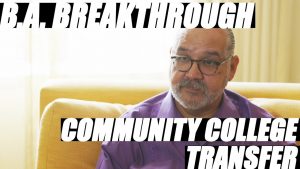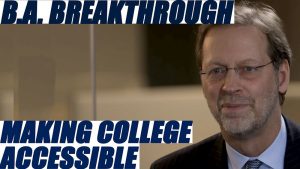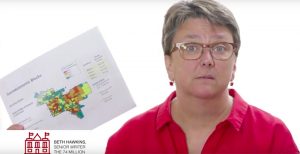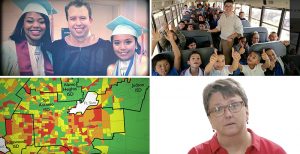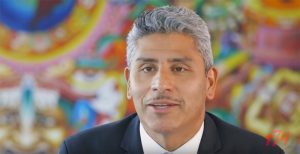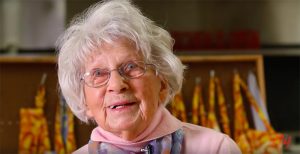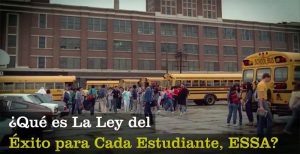Read more about this integration effort in our 74 special report
By virtually any statistical measure, San Antonio is the most economically segregated city in the United States. Its poorest neighborhood, the 78207, is located a scant few miles from the epicenter of the third-fastest-growing economy in the country. But as the city as a whole thrives, the residents on the West Side are all but locked out of the boom.
Into this divided landscape three years ago came a new schools chief, Pedro Martinez, with a mandate to break down the centuries-old economic isolation that has its heart in the 78207. In response, Beth Hawkins reports, Martinez launched one of America’s most innovative and data-informed school integration experiments. He started with a novel approach that yielded eye-popping information: Using family income data, he created a map showing the depth of poverty on each city block and in every school in the San Antonio Independent School District — a color-coded street guide composed of granular details unheard of in education. And then he started integrating schools, not by race — 91 percent of his students are Latino and more than 6 percent are black — but by income, factoring in a spectrum of additional elements such as parents’ education levels and homelessness.
To achieve the kind of integration he was looking for, he would first have to better understand the gradations of poverty in each and every one of his schools, what kinds of supports those student populations required, and then find a way to woo affluent families from other parts of the city back into San Antonio ISD schools to disrupt these concentrations of unmet need. Martinez’s strategy: Open new “schools of choice” with sought-after curricular models, like Montessori and dual language, and set aside a share of seats for students from neighboring, more prosperous school districts, who would then sit next to a mix of students from San Antonio ISD, where 93 percent of kids qualify for free and reduced-price lunch.
Only a few years into the experiment, the effort has reshaped the educational landscape and redefined the aspirations of its students and educators. The district’s diverse-by-design schools now have long lists of well-to-do families waiting for a seat to open up, alongside students from working-class households and destitute neighborhoods. Families from the affluent communities on the city’s north and northwest sides are indeed now eagerly applying to share classrooms with families from the 78207.
In this video explainer, Hawkins digs into Martinez’s integration maps and examines the diverse student bodies that have resulted in his district’s schools. (Read more about the maps, the broader San Antonio integration effort, and its architects in this 74 special report.)
Go Deeper: Click here to read our full special report on this Texas integration effort
— Text: Beth Hawkins / Video: Reporting by Beth Hawkins; Produced by James Fields and Ronni Thomas

















